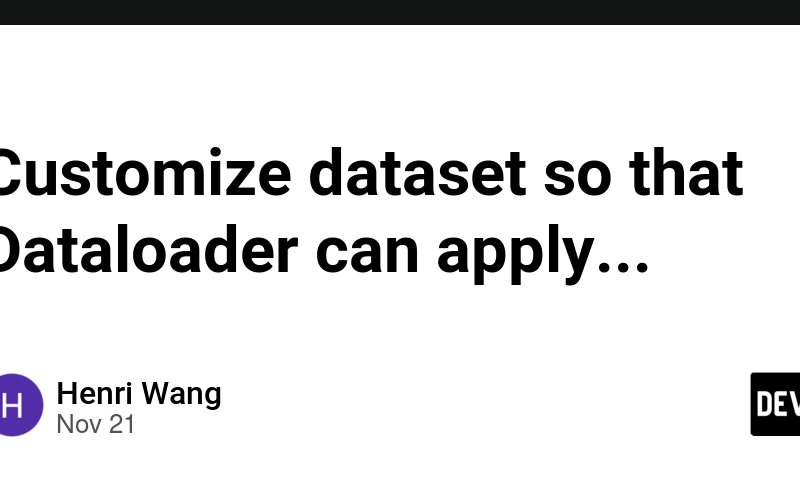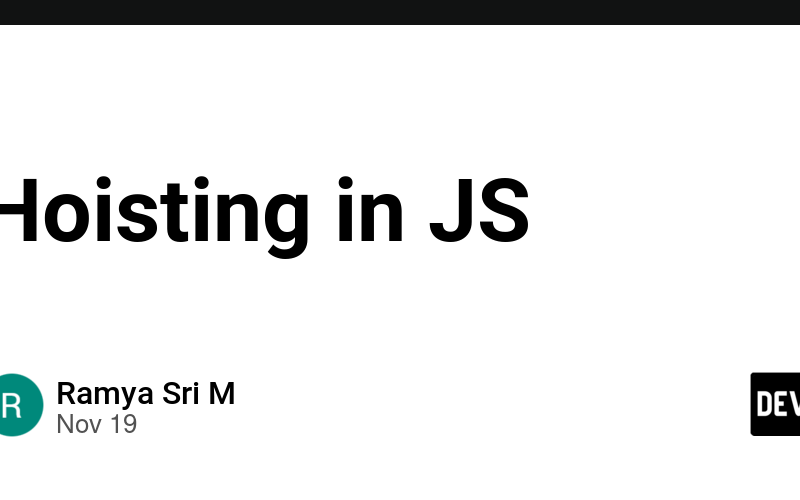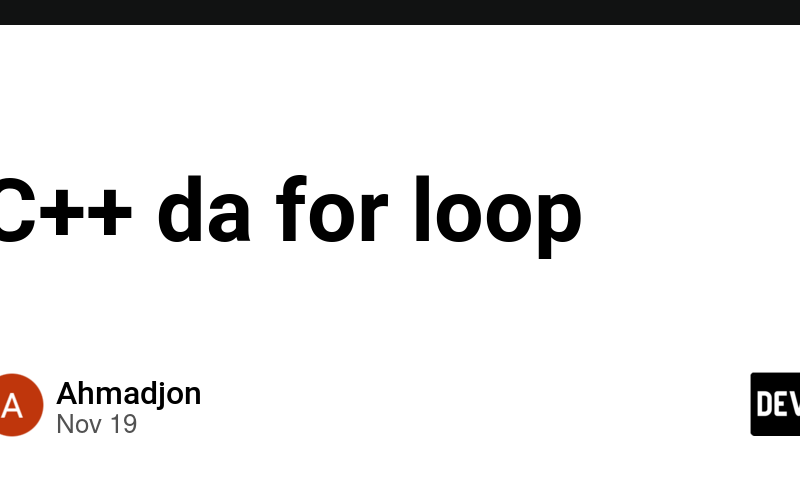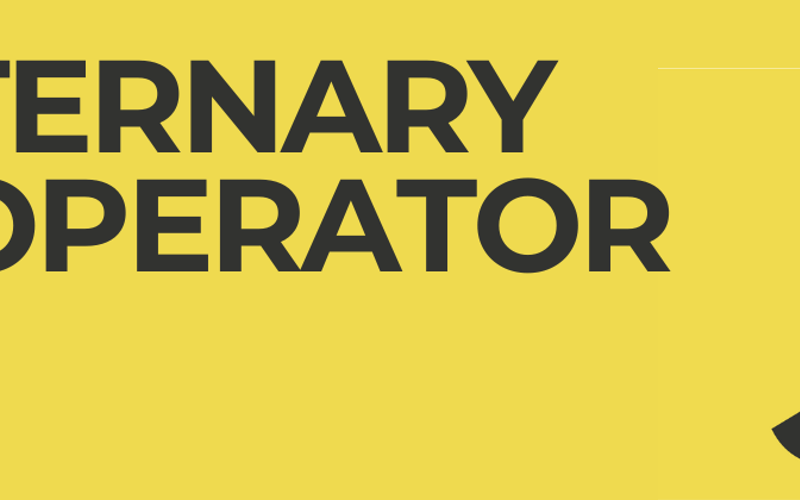21
Nov
Question: in order to let "DataLoader' from torch.utils.data capable, how should I customize a dataset on my own data? Answer: basically, given a list of Paris of images and text, assigning len and get item method, then the customized dataset can be applied to DataLoader method ? is there any requirement else? Claude responds,You've captured the core concept perfectly! Let me elaborate on the key requirements and nuances of creating a custom PyTorch Dataset: `class MyCustomDataset(torch.utils.data.Dataset):def init(self, data):self.data = data # List of image-text pairs def __len__(self): return len(self.data) # Total number of samples def __getitem__(self, idx): # Return one…










